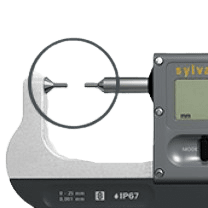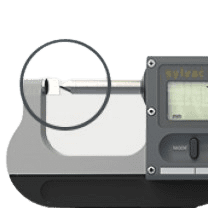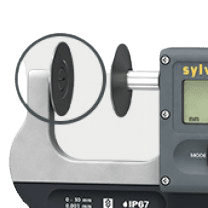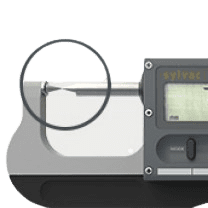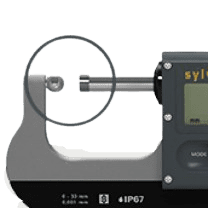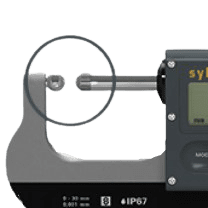The micrometer is an immensely popular measuring instrument in the world of metrology and is also widely used in industry. In this article we will cover the micrometer in full, so that you will gain insight into the micrometer.
What is a Micrometer?
A micrometer is a tool for measuring the dimensions of a workpiece with great precision. Micrometers are available in metric and imperial versions of several types and sizes. Metric micrometers measure in 0.01 mm increments whereas imperial versions measure in 0.001 inches. By using a micrometer, you can get measurements with a greater degree of accuracy than using dial gauges and vernier calipers. This tool is widely used by engineers in the application of measuring the dimensions of an object.
The micrometer has two scales: the main scale on the sleeve and the nonius scale on the thimble. The measurement values are taken from each of these scales and combined to obtain a total measurement. Each time the spindle makes a full rotation, the distance between the spindle and anvil surfaces is adjusted by 0.5 mm for the metric version and 0.025 inch for the imperial version. Micrometers typically have a measuring range of 25 mm and 1 inch. For example, the metric version is 0-25 mm, 25-50 mm, 50-75 mm and so on, and the imperial version is 0-1 inch, 1-2 inch, 2-3 inch, and so on.
Micrometer Parts
Before you take measurements using a micrometer, you should first understand the following parts of the micrometer.
1. Frames
Micrometer frames are C-shaped but are also available in various other shapes and sizes according to their type.
2. Anvil
Anvil (fixed jaw) is the part of the micrometer that remains stationary when measuring objects. The anvil is connected directly to the micrometer frame and its shape varies depending on the type of measurement.
3. Spindle
The spindle is the jaw on the micrometer opposite the anvil. In contrast to the anvil which only stays in place, the spindle can be moved by turning the ratchet or thimble until the spindle and anvil bind to the object to be measured.
4. Thimble
Thimble (swivel tube) is part of the micrometer located on the outside of the sleeve and consists of a nonius scale. The thimble can be rotated to move the spindle according to the object being measured.
5. Sleeve
The sleeve is the tube between the end of the frame and the thimble, which displays the main scale.
6. Ratchet
The ratchet (toothed wheel) is the tip of the micrometer that can be rotated to ensure the spindle is securely attached to the workpiece.
7. Lock
The lock on the micrometer serves to lock the spindle position so that it does not move when measuring the workpiece.
Working Principle of the Micrometer
Measurement with a micrometer is done by placing the object between the spindle surface and the anvil surface, and the ratchet is moved clockwise. This movement causes the anvil surface and spindle surface to bind to the object. When the object is properly tightened between the two, the ratchet makes a clicking sound indicating that the object is properly tightened, and the measurement can be made.
The measurement results can be read from the scale provided on the sleeve and thimble tube or on the LCD screen on a digital micrometer.
Types of Anvils on Micrometer
There are several types of anvils on a micrometer as described below:
|
|
|
|
|
|
Cylindrical |
Knife |
Disks |
Cone |
|
|
|
|
|
Knife - Cone |
Ball - Flat |
Ball - Spherical |
Types of Micrometers
Micrometers are available in many diverse types and sizes. The division of the main types of micrometers is based on the side of the object being measured, classified into the following 3 types.
1. Inner Micrometer (Inside Micrometer)
An inner micrometer is designed to measure the internal dimensions of an object such as the inside diameter of a tube or bore. Examples of such micrometers are tube micrometers, caliper type micrometers, and drill micrometers.
2. Outside Micrometer (Outside Micrometer)
The outer micrometer is designed to measure the outer dimensions of objects. This type of micrometer is the most common type on the market. The outer micrometer is perfect for measuring the outer diameter and thickness of the workpiece. Examples of external micrometers are blade micrometer, limit micrometer, ball micrometer, tube micrometer, flat micrometer, v-anvil micrometer, and bench micrometer.
3. Depth Micrometer (Depth Micrometer)
Depth micrometers are designed to measure the depth of holes and crevices. This type has varying lengths, so it is flexible enough to measure various depths.
How to Use a Micrometer?
1. Turn the thimble to make sure the 0 (nonius scale) line is parallel to the center line (main scale) on the sleeve tube.
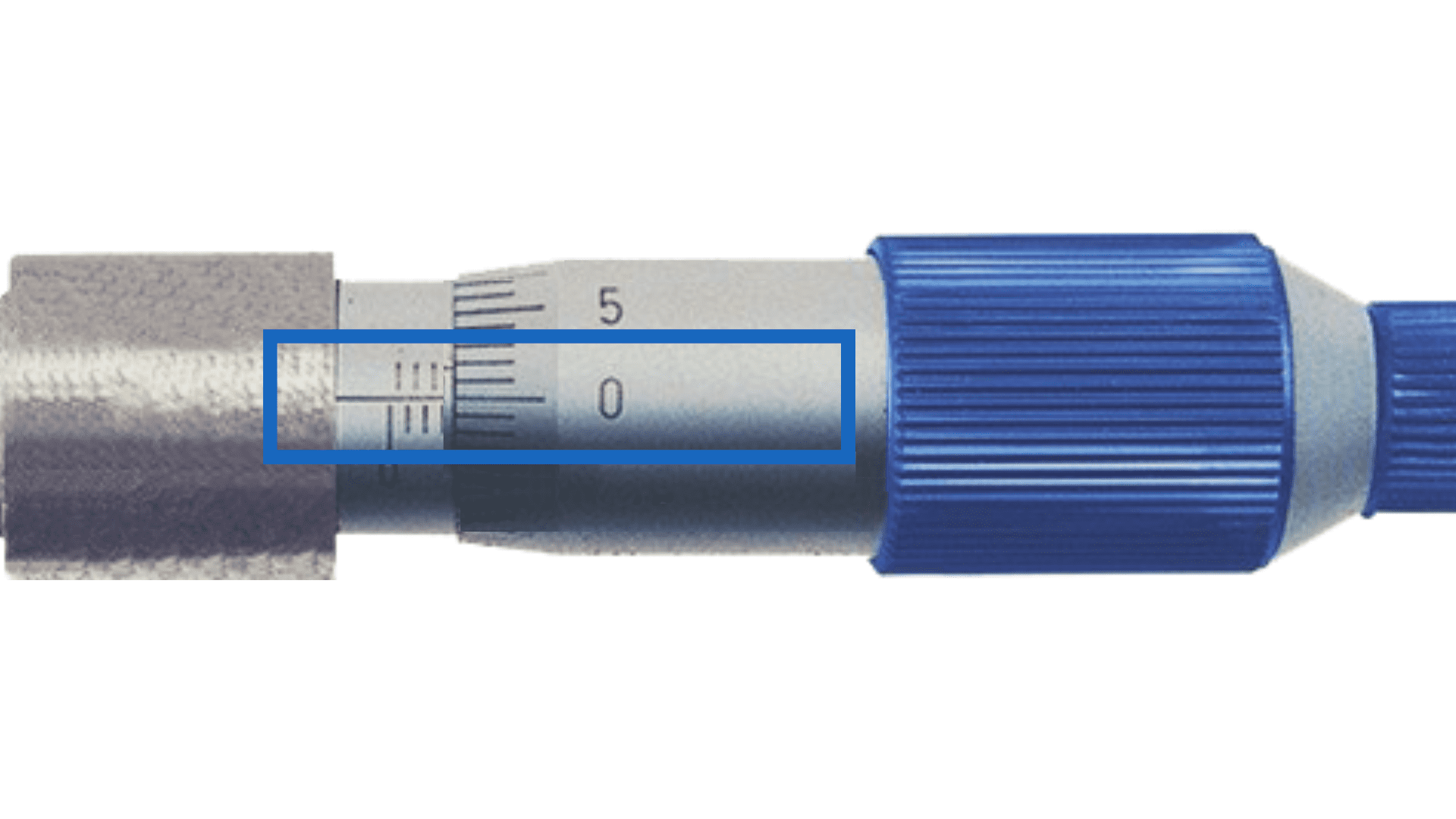
2. Turn on the On/Off button. If it reads 0 on the LCD screen, you can start taking measurements. If it doesn't read 0, adjust the thimble and ratchet until it reads 0.
3. Turn on the mm/in button on the micrometer, then select the unit system you want.
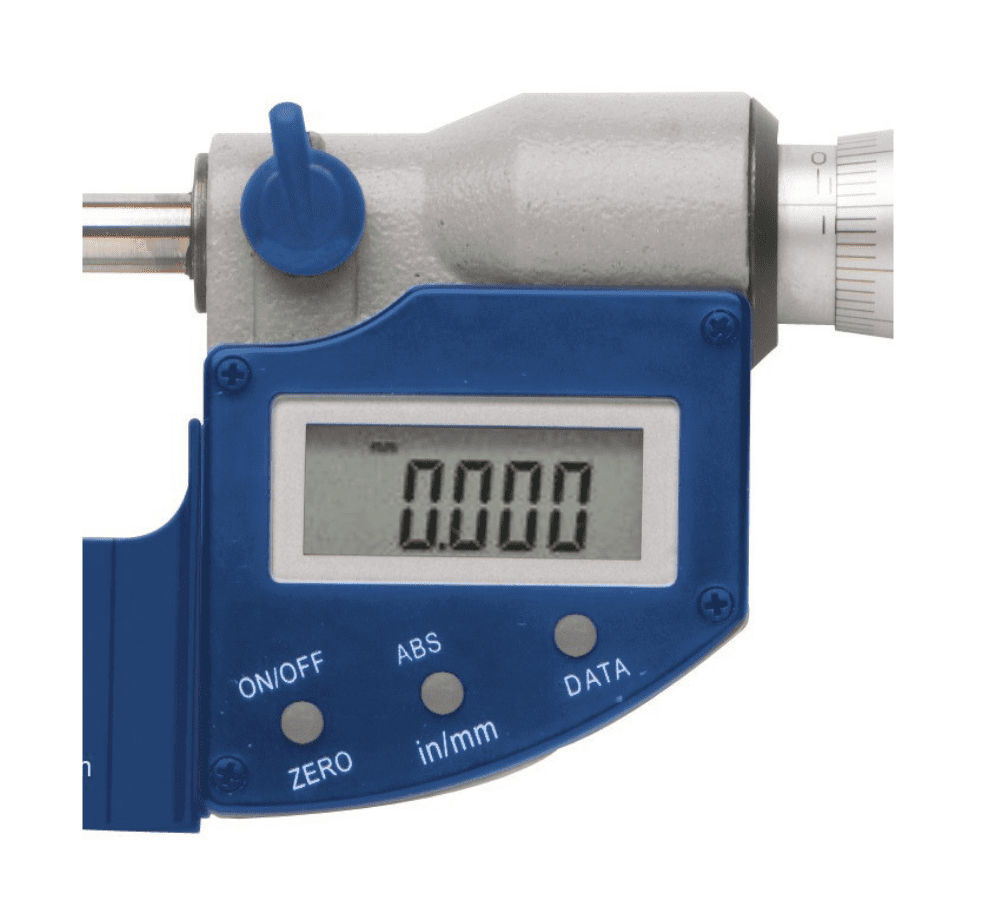
Information:
in: inch measurement mode.
mm: metric measurement mode.
INC: relative measurement mode.
ABS: return to starting point or new position.
4. Open the micrometer jaws by turning the ratchet. You need to do this carefully because if your hand touches the anvil or spindle surface, it will cause inaccuracies in the measurement.
5. Place the workpiece on the anvil. You need to make sure that the anvil is perpendicular to the surface of the object being measured. Rotate the ratchet until the spindle touches the workpiece surface. Do not clamp the workpiece too tightly.
6. You need to lock the lock nut to make sure the measurement value does not change. The result of your reading can be seen on the LCD screen.
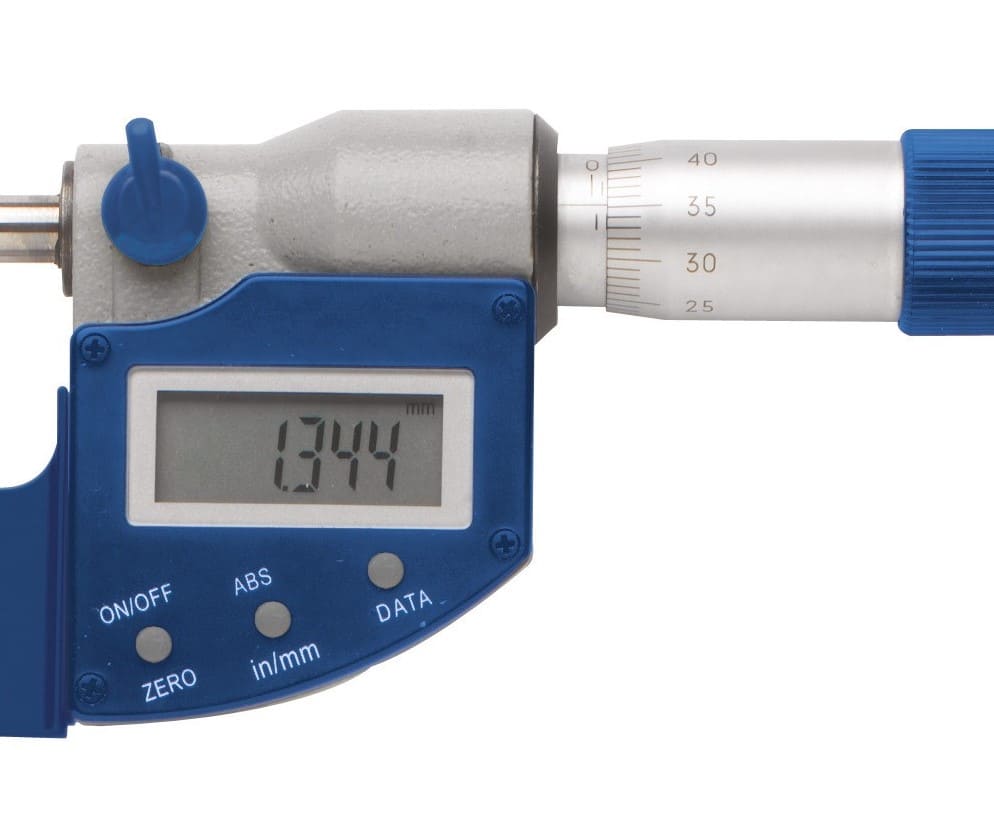
7. You can also get the measurement results by reading the scale on the sleeve and thimble. However, the results on digital readings are much more accurate. You can use the readings on the sleeve and thimble as a reference.
How to Read a Metric Micrometer?
Before reading the scale on a micrometer, you need to know what type of micrometer you are using, metric or imperial. For example, in the image below, the micrometer used is the metric version of the outer micrometer with a measurement range of 0-25 mm in 0.01 mm increments.
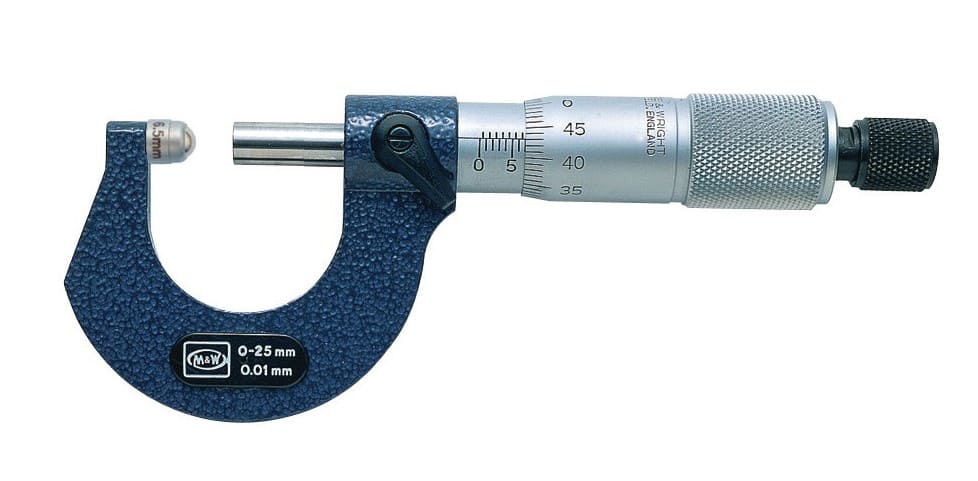
The first step, read the main scale closest to the thimble tube. Each line below the datum represents 1 mm, while each line above the datum represents 0.5 mm. The second step, read the nonius scale, then multiplied by 0.01 mm. So, the measurements obtained from the sample image are 6 mm + 0.5 mm + 0.43 mm = 6.93 mm.
How to Calibrate a Micrometer
Before performing calibration, you need to make sure that the micrometer is functioning properly and that there are no problems in any part. The next step is to check the micrometer at various test points and various measurement readings using a gauge block or alternative standard with a high degree of accuracy. The tolerance level of the micrometer must also be considered when checking the readings.
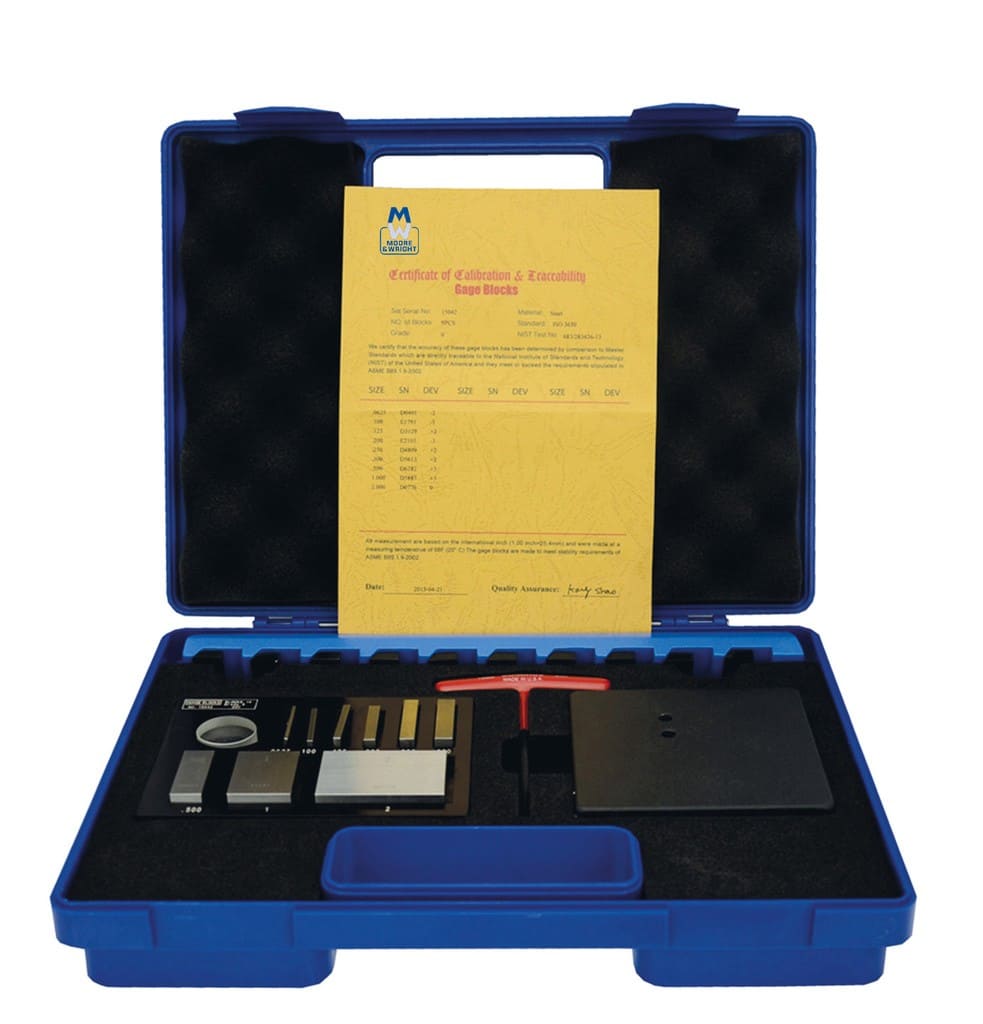 |
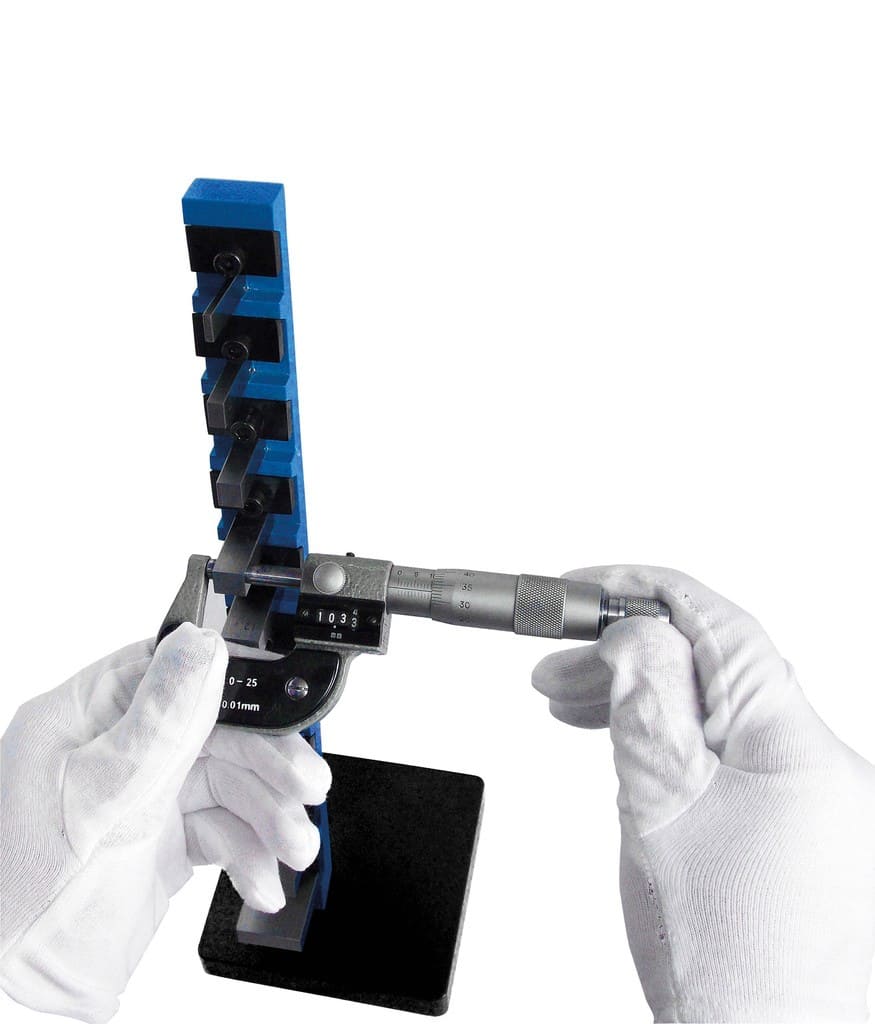 |
Moore & Wright Mic-Check Gauge Block Set MW715 Series |
|
You will need to clean the surface of the micrometer and measuring block that will be used. Make sure the ambient temperature when measuring is in the range of 18-24°C. Make sure the anvil and thimble are not damaged, scratched, or cracked. If the anvil surface is damaged, an error may occur in reading the micrometer. The anvil and thimble must be straight and parallel.
To check the condition of the ratchet, rotate the ratchet with the instrument locked. Then to check the measurement scale, you need to use the smallest size anvil measuring block. Measure and record 5 measurements of different lengths. For micrometers with more than one anvil, take separate measurements with each anvil. The acceptable tolerance limit is ±0.0002” or 0.005 mm.
Why Do Micrometers Need to be Calibrated?
To maintain the integrity of your micrometer the micrometer must be calibrated regularly. The appropriate period to calibrate a micrometer depends on many factors, including the quantity of the object being measured and the tolerance range, the voltage level the micrometer is subjected to, the required measurement accuracy, the stability of previous calibrations, and quality assurance requirements.
Calibration of your micrometer verifies and/or restores the accuracy of your equipment back to proper working condition. Periodic calibration of the micrometer can guarantee consistent measurements.
Range of Micrometers at LFC
1. Sylvac Digital Micrometer S_Mike PRO IP67
Sylvac External Micrometer S_Mike PRO is manufactured in conformity with DIN 863. It enables users to conveniently interpolate measurements which allows for repetitive readings and better sensor lifetime usage. The main body frame is made of stainless steel with smooth grey enamel finish for protection against corrosion, scratch and temperature difference which can cause fluctuations in accuracy, especially in an open-design fabrication yard.
2. Sylvac Digital Micrometer with Bluetooth
The Sylvac S_Mike EVO Smart is a brand new digital micrometer with in-built Bluetooth which was released by Sylvac in 2021. The Bluetooth micrometer is available with a measuring range from 0 to 25mm and a maximum error of 2µm. The micrometer also comes in incremental sizes of up to 100 mm.
3. Moore & Wright Outside Micrometer 200 Series
The Moore & Wright Outside Micrometer 200 Series is a value for money, base line micrometer model for workshop application with manual interpolation. The product complies with DIN 863 standards.
4. Moore & Wright Digitronic Outside Micrometer 201 Series
This micrometer is built with a rugged steel design. The large LCD display makes it easy for users to read. The digital switches easily between inch and metric measurements, making this micrometer very user friendly. It has an IP54 rating which protects the micrometer from contact with liquids.
Micrometer Distributor in Singapore
LFC PTE LTD is the official distributor of micrometers in Singapore. We will help you to better understand the exact micrometer specifications for your needs.
If you would like to know more about micrometers to support your business, please contact us via the contact page. Also visit our facebook, instagram, youtube and linkedin pages to get the latest updates about industrial equipment.

